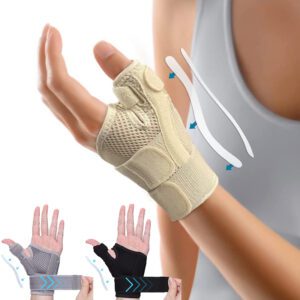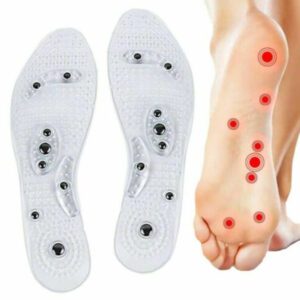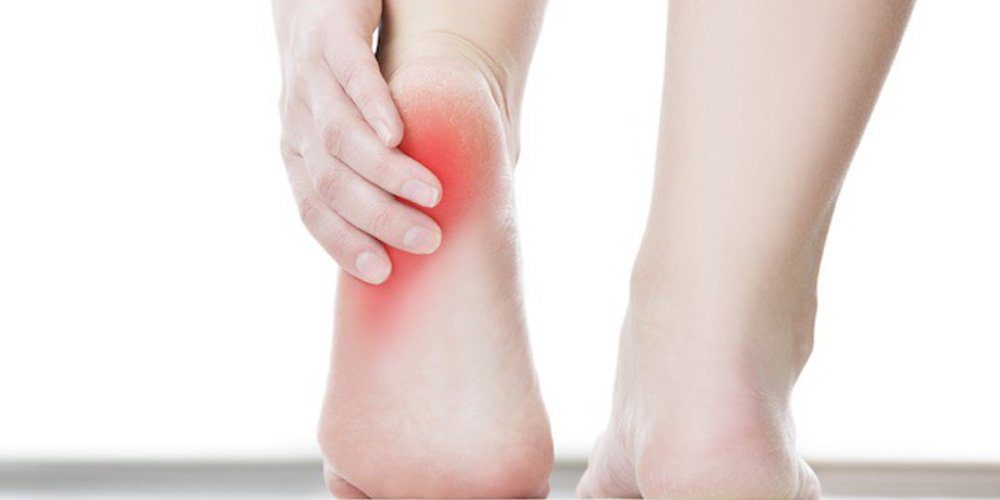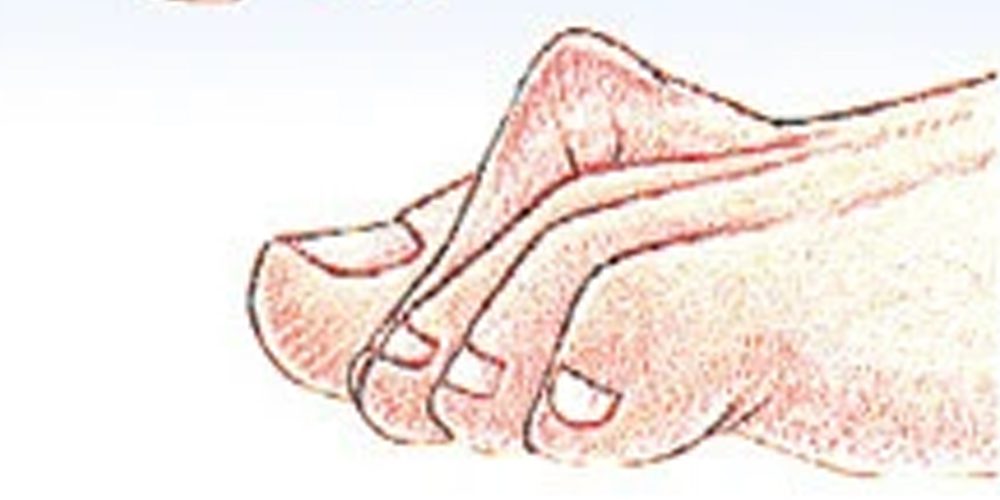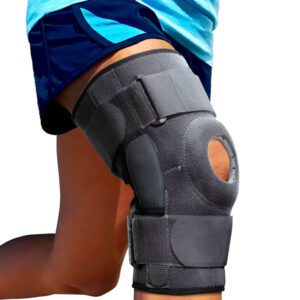Avulsion fractures are a type of fracture that can occur in many different parts of the body. They are typically caused by pulling a muscle, or forcibly moving a joint beyond its normal range of motion. The most common sites for avulsion fractures include the shoulder, wrist, ankle and hip. However, we’ll focus on avulsion fracture in the foot/ankle that’s causing foot pain for today. These types of injuries should be taken seriously because they can lead to serious complications if left untreated. And in some cases, avulsion fractures have resulted in limb amputation.
If you suspect you might have an avulsion fracture it is important to visit your doctor as soon as possible for proper evaluation and treatment. To put the negativity aside, most avulsion fractures heal really well without surgery and you can treat this injury by yourself for the most part.
Causes
Many fractures occur through a sudden force that overwhelms the bone’s integrity. In these cases, a sudden impact or traumatic injury can cause a bone to break in half. However, avulsion fractures are thought to occur through a different mechanism.
Avulsion fractures of the foot and ankle area most often result from the forceful contraction of muscles that attach near a joint surface. The result is a pulling away of the bone fragment from its normal location. It is thought that the force of muscle contraction causes a weak spot in the skeletal attachment to fail, resulting in an avulsion fracture.
Avulsion fractures are most commonly caused by two types of injuries:
1) A sudden contraction or tensing up of muscles can cause one end of the bone to fracture away.
2) The forceful contraction of muscles during activities that involve pulling or pushing, such as kicking a ball can cause avulsion fractures.
Symptoms
Avulsion fracture symptoms are similar to other fractures in that there will be a sudden pain, swelling and possibly bruising around the site of injury. There might also be a deformity at the site of fracture and an inability to use your foot without pain.
One thing that might help differentiate an avulsion fracture from other injuries is a popping or snapping sound that occurred around the time of injury. Since avulsion fractures occur via a sudden force on a bone, there might be some indication that something caused such as forceful muscle contraction.
If you think that you might have an avulsion fracture, it is important to seek medical attention as soon as possible. This is because if left untreated these injuries can result in serious complications and impaired mobility.
Diagnosis
Getting the right diagnosis is always crucial. Simply because misdiagnosis leads to the wrong treatment and results. I mention this because the diagnosis of avulsion fracture is a bit tricky.
With any new injury, especially if it is of an unknown nature, your doctor will begin by taking a look at the history of your injury. This includes asking you questions regarding when and how you got injured. Your medical professional will also want to know whether you have had any previous injuries in the same area of the body or elsewhere on your body. Your doctor will also want to know the details regarding your pain and whether your symptoms have worsened since the injury occurred.
So after this, a physical examination might be in order. This involves examining the injured area for any deformity or other issues that might indicate a fracture or other serious problem. X-rays are usually taken in order to get a clear picture of the bone in question. The images will help your doctor determine whether a fracture is present and also allow them to precisely locate the fracture site. There are other tests that can be done in order to get a definitive diagnosis such as an MRI scan, which provides detailed pictures of your muscle and tendon attachments.
Treatment
In most cases, rest and ice should be enough to treat an avulsion fracture. The general rule of thumb is that if the pain and swelling go away after a few weeks, you can move on to strengthening exercises.
Wearing hard soled shoes, insoles or compression socks can also help provide support. In rare cases, a cast or brace might be needed in order to immobilize the injured area while it heals. You should avoid putting too much weight on the injured foot, so you should consider getting crutches. Unfortunately, if an avulsion fracture is not treated properly and allowed to heal on its own, you could end up with a condition known as drop foot syndrome.
While most injuries heal on its own with time, rest and ice packs, some avulsion fractures may need surgery in order to get them back into place or to stabilize them so they heal properly. Surgery isn’t always the best option either since it involves putting the patient at risk of infections, blood clots or nerve damage.
If surgery is necessary, the procedure will depend on the location of the fracture and your general health.
Recovery Time
As with most fractures, the amount of time it takes to recover from an avulsion fracture is dependent on the severity of your injury. Minor injuries with tiny bone chips will heal in less than six weeks while major avulsion fractures might take more than 12 months. In general, the time to fully recover and get on deck again is between 3-12 weeks.
Prevention
Warming up before sports, exercises and other physical activities is essential. Doing so will help prevent avulsion fractures and injuries in the overall scheme of things. If you know that you have an injury that puts you at a higher risk of avulsion fractures, then avoid doing activities that puts this area under strain or stress.
One way to do this is by wearing protective gear such as a brace, athletic supporter or other type of support. Having strong muscles in this area will also help prevent avulsion fractures. This includes doing exercises that strengthen the hamstring muscles, leg and calf muscles.
How painful is an avulsion fracture?
An avulsion fracture can cause pain that is worse than a direct hit or blow to the area. The pain will usually be localized to where the avulsion fracture occurred, but it might radiate down to your ankle and/or foot. Some people describe their pain as feeling like an electric shock.
Most patients will experience some amount of swelling with this type of injury. This can cause a feeling of tightness and stiffness with the injured area, which will also be painful to the touch. When trying to move your foot or ankle, it might feel stiff or become more difficult. Activities such as walking or running might be difficult due to the added pain and stiffness.
Can you walk with an avulsion fracture?
If the pain is manageable, you might be able to walk or at least try to move around on your own. This will cause some discomfort but it should not be anything unbearable. If the pain becomes too much, then you’re better off taking a seat and waiting for it subside before trying again.
Patients are encouraged to start moving around as soon as they can. However, you should avoid putting too much weight on the injured foot or ankle unless absolutely necessary. You might be able to put a little bit of weight onto your avulsion fracture after a few weeks, but it’s important to ease into things gradually.
Conclusion
We hope you’ve found the information in this blog post helpful. Whether it was your first avulsion fracture or not, please share with us how these tips have helped you heal and recover after suffering from an avulsion fracture injury! You can also ask any questions that might be lingering about our recommendations for diagnosis, treatment or prevention of fractures by leaving a comment below.













